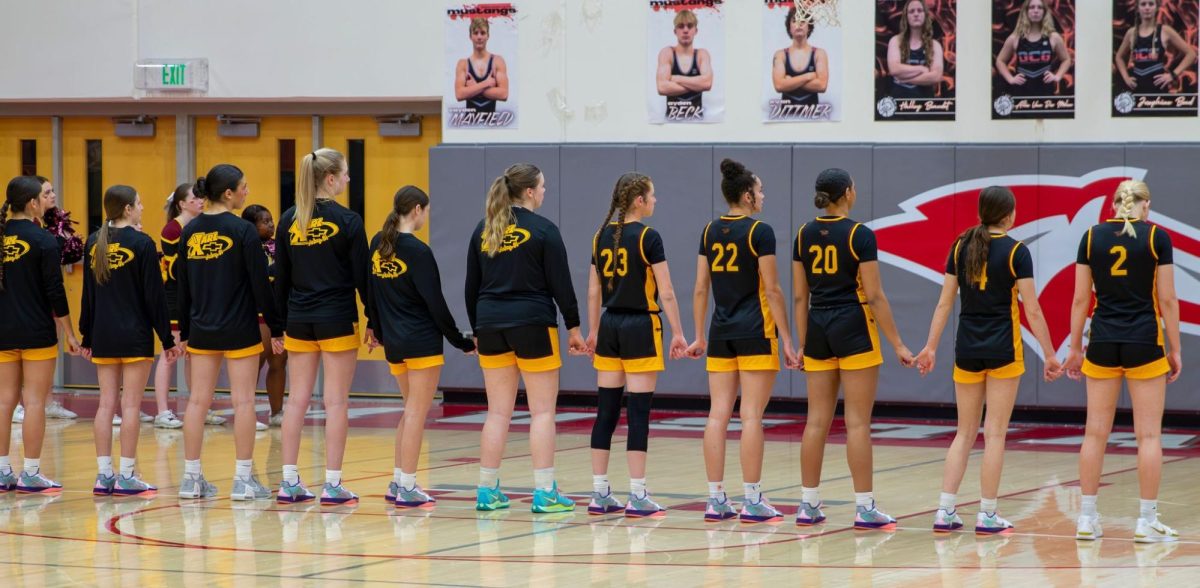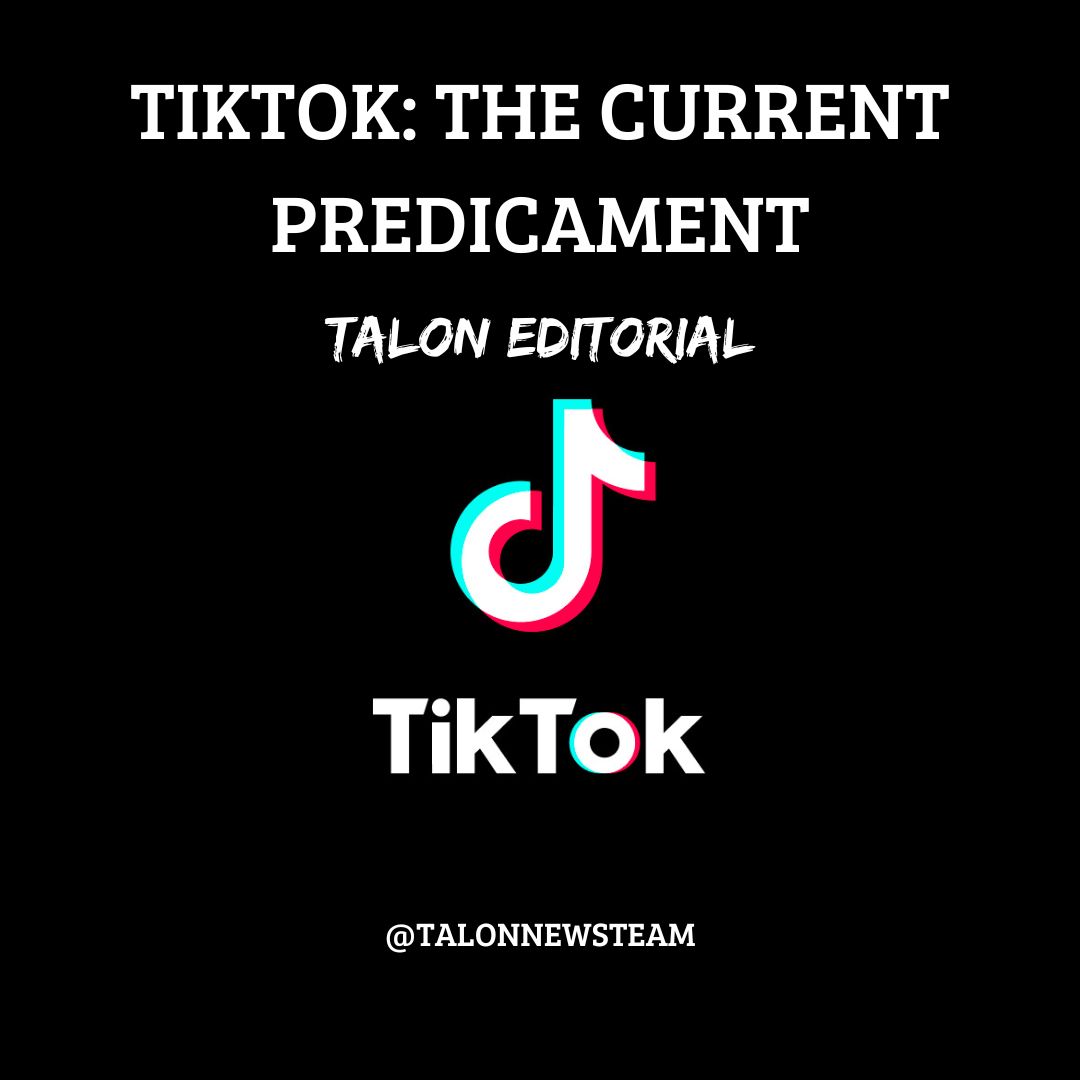It is human nature to try to fit in with a group. Teenagers are often pressured to enjoy the same things as their friends or other people their age, which can come with a cost. This is where fast fashion comes into play. Fast fashion has developed in the fashion industry in the past few years, where low-quality clothing is mass-produced in order to follow current trends that are often forgotten as quickly as they are created.
Josie’s thoughts
Walking through the halls of Ankeny High School (AHS), a plethora of multicolored, overpriced Stanley tumblers can be spotted. Students walk around wearing their newest pairs of UGG boots, ones that were popular twelve years ago and have somehow made a comeback. These expensive accessories are accompanied by cheaply-made clothes that were likely made in a sweatshop by underpaid workers. Fast fashion has taken over, however, most students are unaware of what it takes for these clothes to be produced.
The working conditions of fast fashion workers have been exposed in recent years. Multiple reports by Public Eye show the horrendous work conditions that Shein employees in China are faced with. One employee stated that there were no accessible emergency exits in the warehouses in which she worked. Multiple workers from the company also stated that they worked about 75 hours per week, which is almost doubling the legal Chinese working week.
The drive to follow trends has gone to the next level. With the rise of social media, and more specifically, TikTok, adolescents are feeling the pressure to fit in. A multitude of trends have risen following everything, from water bottles, to skincare, to clothing, and even home decor. In all honesty, these lifestyles are exhausting. As a teenager who has to pay for a majority of my own things, I feel as though it is impossible for me to keep up with any current trends.
I vividly remember fast fashion’s rise in popularity during the COVID-19 pandemic. Websites such as Shein began to gain traction for their sheer number of cute clothing items at very low prices. Teens and young adults began to buy their items to stay on top of their style. As I watched videos on TikTok, I noticed that the clothing items arrived individually packaged in plastic, and appeared to be very thin, and made for very specific body types. The amount of plastic used for these items is highly unnecessary and bad for the environment.
I believe that the effects that these employees are experiencing should be enough reason to eliminate support for Shein, let alone the environmental effects. On a positive note, shopping at thrift stores, or “thrifting,” has gained popularity as well. Many teens are enjoying the vintage look of previously owned clothes that they can purchase at the same price as Shein items, and they are often much higher quality.
Overall, while keeping up with trends can be entertaining, it comes with some setbacks. Style should be a personal concept and not something that feels forced upon us. I encourage teens to skip Shein, the clothes will probably end up in the landfill within months.
Ava’s thoughts
With the rise of social media over the years, teens are finding ways to fit in with what they see online. Trends range through everything such as water bottles, clothing, or even skincare, and a new one is forgotten just as easily as it emerges. Fashion trends are the leading change in this era of microtrends, seeing new styles emerge every day. Y2k, office siren, coquette, and clean girl are just a few styles or “cores” to name among the sea of new trends.
With all of these new styles that are emerging, retail stores are desperately trying to keep up with this continuous cycle. This fast production of clothing does come with a cost. According to Greenpeace, fast fashion contributes 8-10 percent of the total global emissions, this is around 4-5 billion tons.
Fast fashion can be hidden within any company. Some brands may be able to cover up their harmful effects with a more professional look on the website. Think of any store in the mall such as H&M, Forever 21, or PacSun, all of these companies have clothes that are fast fashion but know how to cover them up better with a less obnoxious approach to the website than stores like Shein or Temu.
As a teen who likes to have her own sense of style and be able to find clothes that I enjoy, I find this very difficult. Good quality clothes are quite expensive in today’s world. A simple bikini can be over $60 for each piece and often times is of similar quality to sites such as Shein. It can be hard to stay away from the known fast-fashion sights such as Shein, Cider, or Temu because of how much you can consume on one website. Social media posts and peers around me have not shied away from this either. Big hauls of trendy clothes that most likely will not be as fashionable in just short of a year.
There is a problem with over-consumerism, but also with rising prices of quality clothes. Both of these issues need to be addressed with equally as much force to solve this ongoing environmental and societal problem. After a certain point, some products and amounts can be deemed unnecessary. Purchasing 15, $5 dollar Shein shirts that look the same just because is a pure example of this. Or buying 15 different colors of a water bottle is something that you simply just do not need.
As a society, we need to learn to cut down on the amount of products we consume just because we want them. Working together to make quality products and clothes more accessible and affordable to any group of people whether rich or poor is important to fix these problems in our environment and society.















































